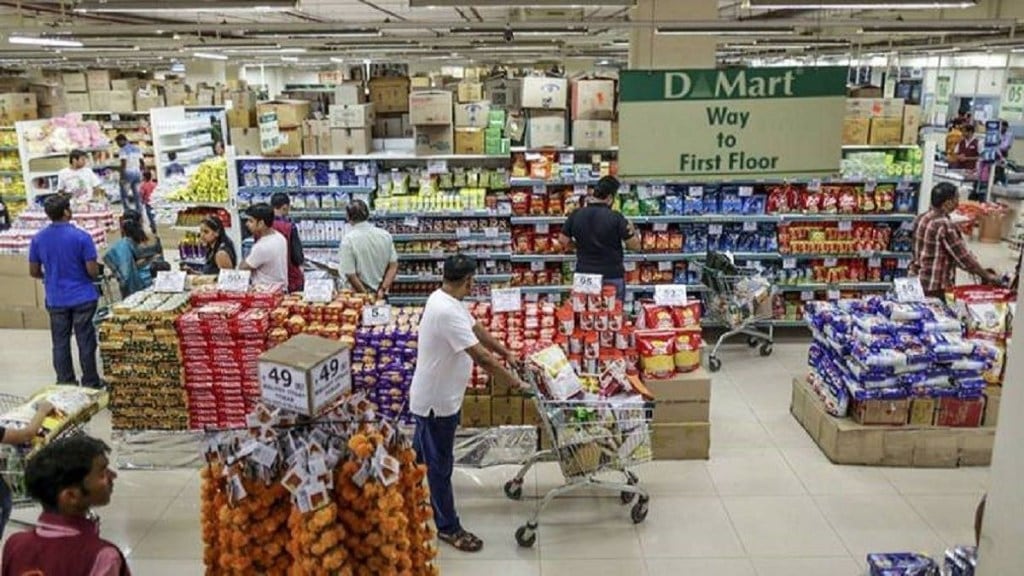The December quarter (Q3FY24) financial numbers of fast-moving consumer goods (FMCG) companies suggest that the Rs 5-trillion market continues to be hampered by a slower-than-expected rural revival. Festive spends were muted and general traders were feeling the pinch of lower consumer offtakes, chief executive officers (CEOs) of firms such as Hindustan Unilever, Marico and Godrej Consumer said in their post-results commentary.
While the March quarter may show little sign of improvement due to a delayed winter, which may hurt home and personal care (HPC) companies, FMCG CEOs are now counting on the first half of FY25 to drive growth in the sector.
“2024 will be a year of election festivities. The mood will be upbeat. Political parties will promise popular measures to drive votes. Governments voted to power at the Centre and states may consider making good these promises. Direct cash transfers or subsidies could be announced in the July Budget of the central government. All of this could spur consumption, especially in rural areas,” Mohit Malhotra, CEO, Dabur India, said.
Apart from the General Elections slated for April-May, eight states will go to the polls this year, including Andhra Pradesh, Arunachal Pradesh, Odisha, Sikkim, Jammu and Kashmir, Haryana, Maharashtra and Jharkhand.
The preparation at the central level for the upcoming elections has begun, with the Union Finance Minister Nirmala Sitharaman announcing a 10% hike in election-related expenditure during her Interim Budget presentation last week. This will take the budget allocation for election expenditure to Rs 2442.85 crore in 2024 from Rs 2,183.78 crore announced last year.
While much of this will be spent on poll-related activities such as updating and printing electoral rolls, ordering electronic voting machines etc., sector experts say that political parties will also separately spend a good amount of money on the campaign trail, organising road shows, rallies, events and promotions. This could spur the local economy and consumption of FMCG products.
Saugata Gupta, MD & CEO, Marico, believes that the rural FMCG market will revive over the next couple of quarters, driven by moderating inflation as well as the government’s support of agriculture, housing and the rural economy.
“With a notable 50% increase in average real income and moderate inflation, we stand closer to a revival,” he says.
This point is endorsed by Roosevelt D’Souza, head of customer success, India, Nielsen IQ. He says, “Schemes offering free food for Rural India and employment opportunities have the potential to increase disposable incomes, thereby boosting expenditure on consumer products. This augurs well for the FMCG market.”
The domestic FMCG market had reported a 9% year-on-year jump in September 2023 quarter sales and an 8.6% rise in volumes for the period, NielsenIQ had said in November, led by urban markets. Rural markets, despite showing indications of progress, still had a long way to go before fully recovering, the research agency had said.
FMCG executives say that overall, FMCG growth in the December 2023 quarter could come in at 6-7%, led by urban markets. Volume growth in urban areas could be higher than rural areas, led by stable demand within cities.
